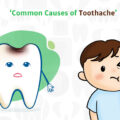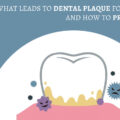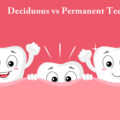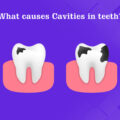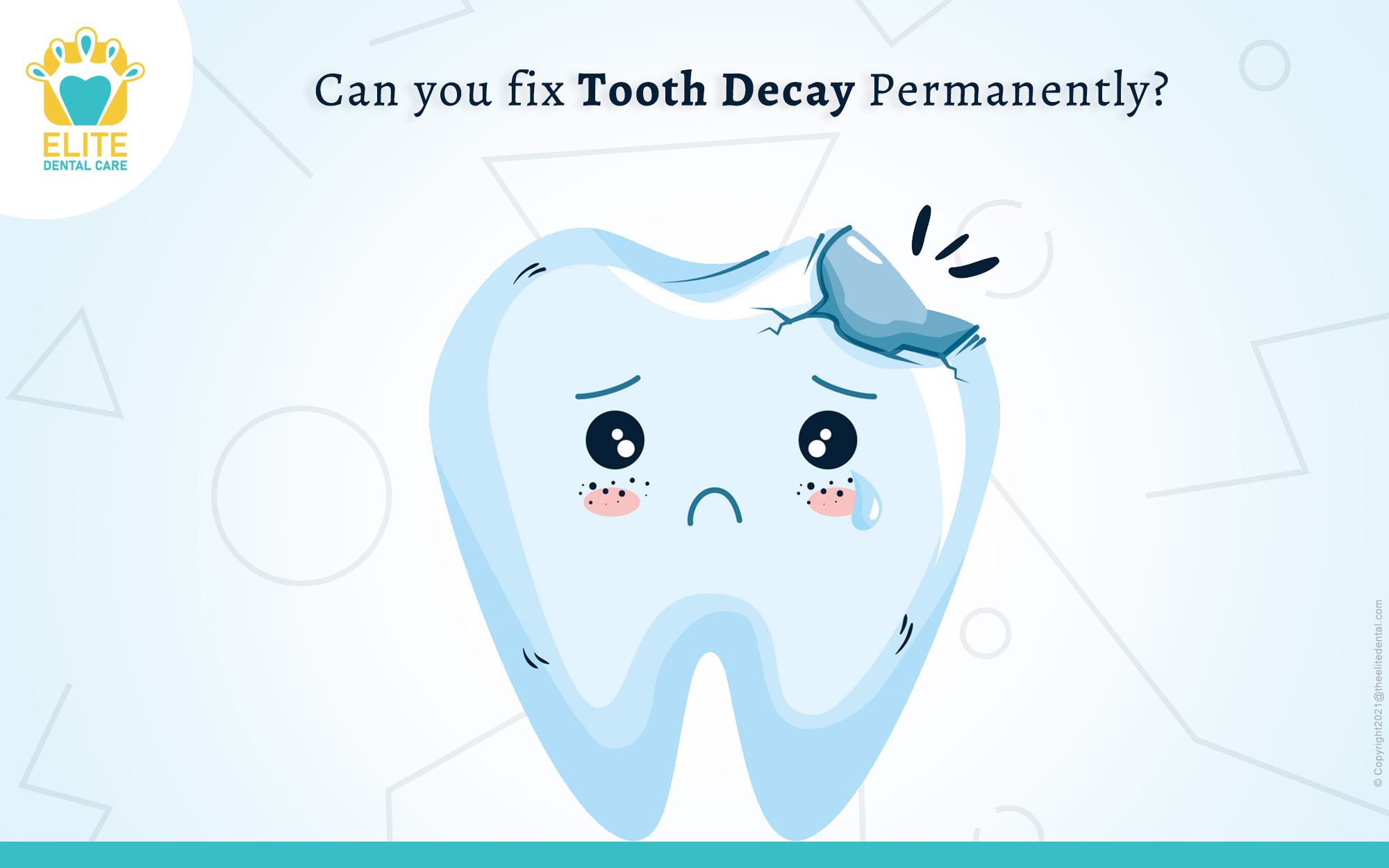
flossinghygiene tipsoral healthRoot Canal TreatmentTeeth WhiteningTooth ExtractionUncategorizedveneer
edental
1 February 2022
Can you fix Tooth Decay Permanently?
Yes, you can fix tooth decay by seeing your dentist on a regular basis, so that early tooth decay can be addressed as soon as possible and decay treatment can start. Tooth decay is easier and less expensive to cure in its initial phases. Dentists can frequently detect tooth decay and other issues with a simple examination or X-ray.
Tooth decay can develop when acid is created by plaque that accumulates on your teeth.
If plaque is left to accumulate, it can result in other issues such as dental cavities (perforations in the teeth), gum disease, or tooth abscesses (fluid deposits at the ends of the teeth or in the gums).
How does a cavity form?
When a tooth is often exposed to acid for instance, if you eat or drink regularly, specifically meals and beverages high in sugar and carbohydrates, the enamel continues to lose minerals. When minerals have been lost, a white patch may form. This is an indication of early deterioration.
At this phase, tooth decay can be slowed or fixed. Enamel may heal itself by using minerals found in saliva as well as fluoride from toothpaste or other sources.
However, as the deterioration process proceeds, additional minerals are lost. The enamel deteriorates and is eroded with time, resulting in the formation of a cavity. A cavity is permanent damage that must be repaired by a dentist with a filling.
Tooth decay stages
Dental plaque plays a significant role in the deterioration of teeth. Plaque is a white, slimy coating that accumulates on the surfaces of your teeth. Bacteria, food debris, and saliva make up its composition.
Plaque might start to build up on your teeth if you don’t clean them on a daily basis. It can also thicken with time, resulting in tartar. Tartar may assist to preserve germs faster, making them more challenging to clean.
There are five phases of tooth decay in total. Now let us look more closely at them in the next sections.
Initial demineralization
Your teeth’s exterior layer is made up of a kind of tissue known as enamel. Enamel is the toughest layer in your body and is largely composed of minerals.
However, as a tooth is exposed to acids created by bacteria in the mouth, the enamel tends to lose these minerals.
Enamel deterioration
Enamel will deteriorate more if the tooth decay process is left unchecked. A white patch on a tooth might deepen to a darker tone.
As enamel deteriorates, tiny holes in your teeth known as cavities, or tooth decay, can occur. Cavities will have to be fixed by your dentist.
Dentin deterioration
Dentin is the muscle located beneath the enamel. Because it is thinner than enamel, it is more vulnerable to acid erosion. As a result, when tooth decay enters the dentin, it progresses at a higher pace.
Pulp abrasion
The pulp is the tooth’s deepest layer. It includes the blood vessels and nerves that aid in the condition of the tooth. The pulp’s nerves also supply sensation to the tooth.
Abscess
Bacteria can enter and develop an infection when tooth decay progresses into the pulp. Rising inflammation in the tooth might result in the formation of a bag of pus at the root of your tooth, known as an abscess.
Treatment options
The cure for tooth decay may differ depending on its severity. Let’s explore the various treatment methods depending on the stage of tooth decay.
Initial Demineralization
This initial stage of tooth decay can be corrected before severe harm develops. Fluoridating the teeth can help accomplish this.
Fluoride treatments are available at your dentist’s clinic. It is frequently administered to your teeth as a gel or varnish. Fluoride serves to build enamel, making it more immune to the plaque bacteria’s acids.
Fluoride can also be available in some toothpastes and is commonly found in tap water.
Enamel deterioration
Cavities are frequently seen when tooth decay reaches this stage. Cavities have been repaired with fillings.
Your dentist will initially use a tool to remove any pockets of decay before placing a filling. They will then fill the space with a substance such as resin, porcelain, or dental amalgam. This material is usually the same color as your teeth.
Dentin deterioration
Since dentin is weaker than enamel, deterioration progresses more quickly when it reaches this point. Dentin decay can be corrected with a filling if detected early. In more severe situations, a crown could be necessary.
A crown is a cap that goes over the top of your tooth above the gum line (also called the crown of the tooth). Before the crown is set, the decaying region is cleaned. Some healthy tooth tissue may also be extracted to ensure that the crown fits properly on your tooth.
Pulp abrasion
A root canal is frequently required when tooth decay has entered the pulp. The injured pulp is extracted during a root canal procedure. The cavity in the tooth is then cleansed and fixed, and then a crown is placed on the afflicted tooth.
Abscess
If you have a tooth abscess, your dentist will most probably perform a root canal to treat the infection and seal the tooth. In serious conditions, the impacted tooth may have to be removed entirely.
Prevention
Good dental hygiene is an essential element of avoiding tooth decay. The following are some preventative measures you may take to protect your teeth against tooth decay.
See your dentist on a regular basis: Your dentist can assist you in detecting and treating tooth decay before it worsens. Visit your dentist on a regular basis for regular teeth cleanings and oral examinations.
Brush your teeth: It is typically suggested that you brush your teeth at least 2 times per day and following meals. Try using fluoridated toothpaste.
Avoid sweets: Prefer to avoid ingesting high-sugar meals and beverages. Chocolates, cakes, and fizzy drinks are a few examples.
Limit munchies: Try to restrict between-meal snacks since they provide more sugars for the bacteria in your mouth to turn into acids.
